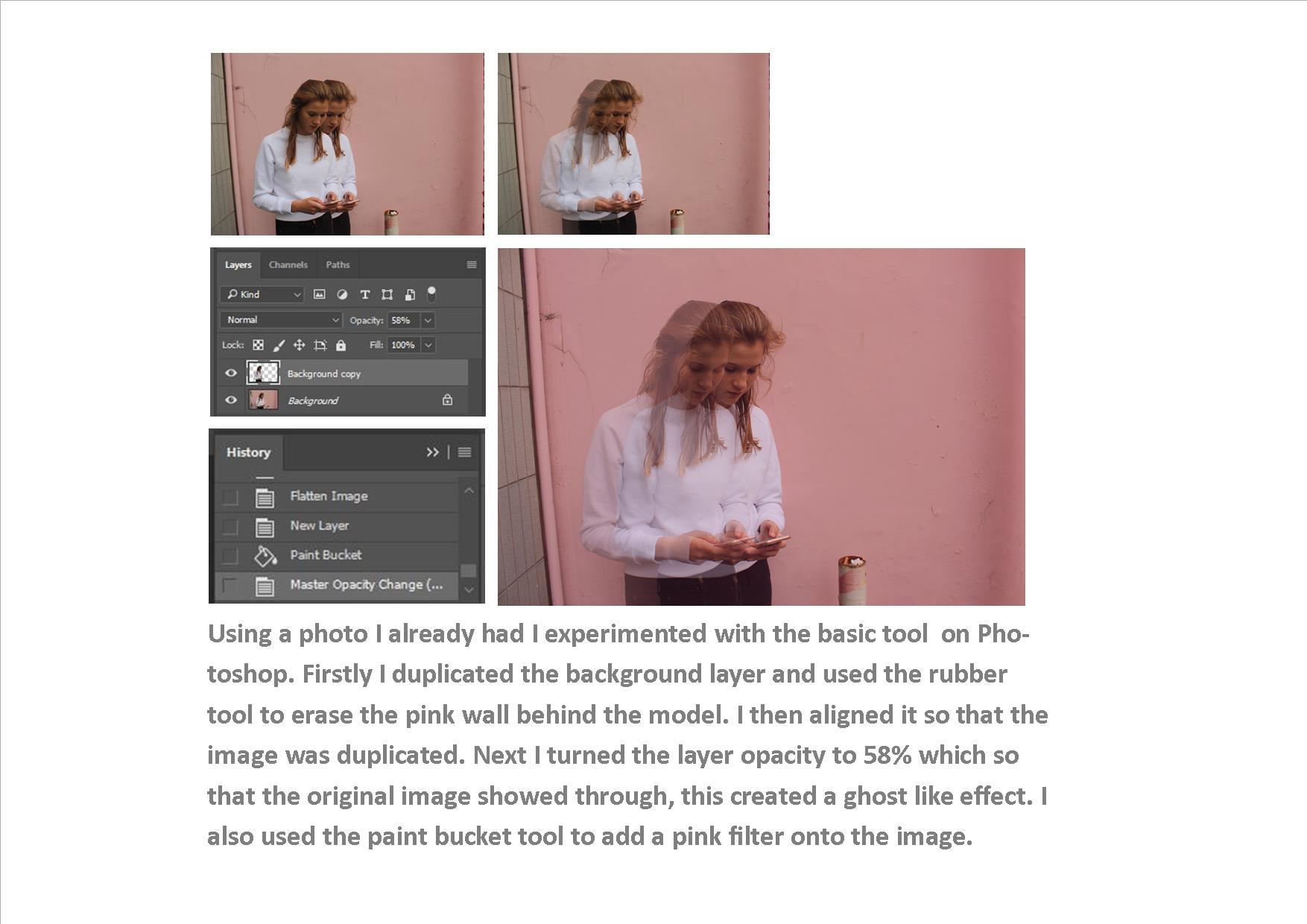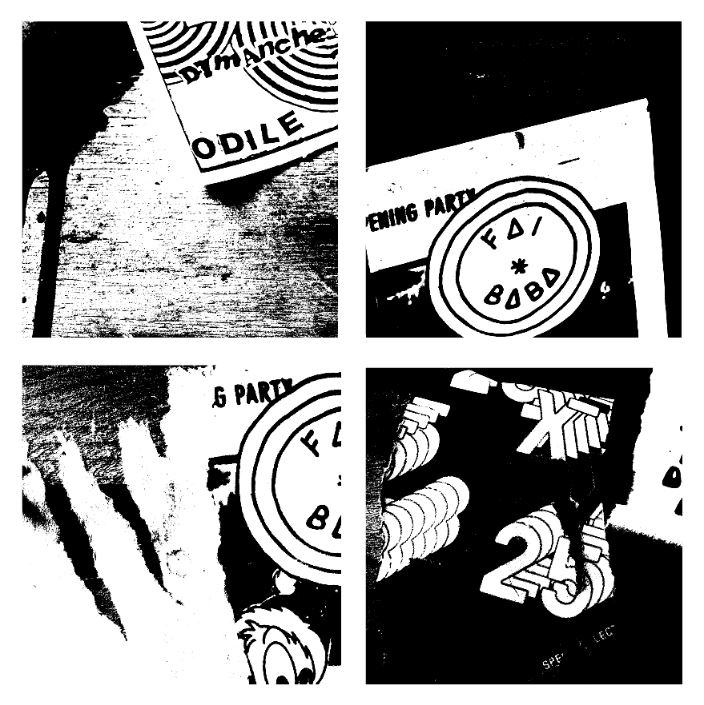Minimalism is a style used by many 20th century artists and photographers, it focuses on having a minimum amount of concepts in an image such as colour texture and shape. The style became popular within architecture,art and photography in the 20th century and is still considered a modern style. two of the first artist to make minimalist art where Frank Stella and Piet Mondrian who both used colour blocking in their work. Keld Helmer Peterson and Mirko Nahmijas were two influential photographers who took minimalist photographs in the 20th century, they both focused on architecture as their subject.
All posts by Stephanie J
Filters
Keld Helmer Peterson
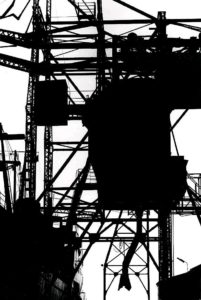

Keld Helmer Peterson was a Danish photographer who took pictures of industrial structures and edited them so that they were completely black and white, this meant there was no grey tones in the images. A more dramatic image is created with his method and it helps individual shaped stand out. he took photographs of everyday and mundane objects creating interesting geometric shapes. These images show a style called reductionism which is where something which was originally very complicated is extremely simplified.
Some of his best known work focuses on the style of minimalism as seen in his book ‘122 colour photography’ which he released in 1948. the book was very simple and included many abstract and minimal photographs often incorporating his interest in architecture. The book was innovative at the time because colour photography was no being used for artistic purposes. unlike other photographers in the 1940’s he made art out of mundane and everyday objects.
Threshold Editing

using the same techniques as Keld Helmer Petersen I edited four of the images from my most resent shoot. I opened each image onto Photoshop and cropped them all to squares, and changed the threshold to suit each picture. I then flattened each image and dragged them into a new tab which was a white square. Finally I arranged them into a collage format and saved it as a JPEG.

homework week 3
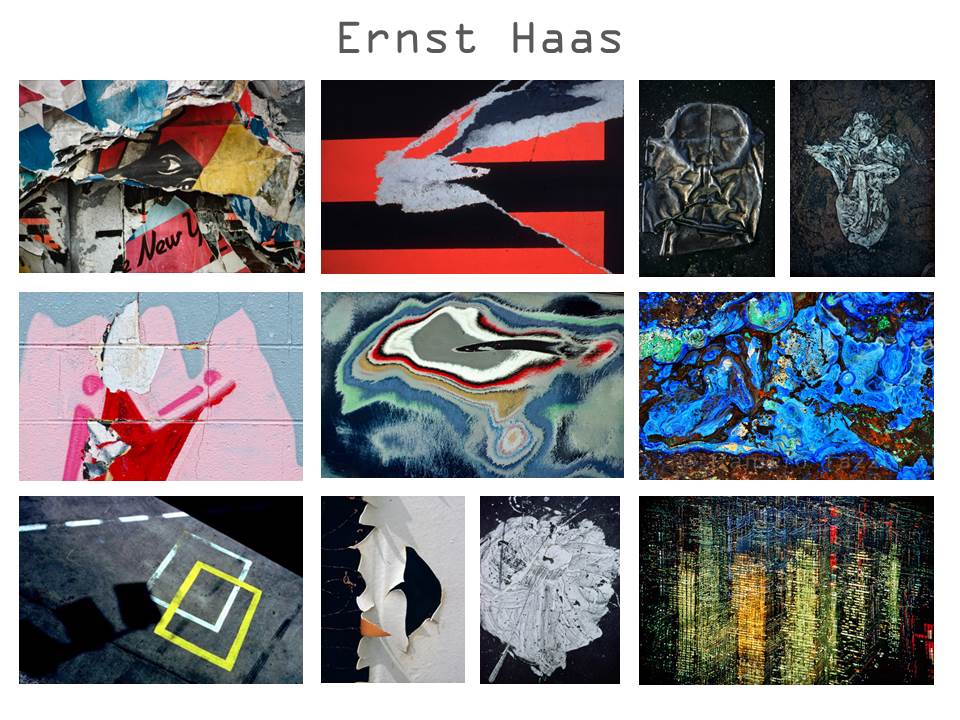





Robert Franks Photo Analysis
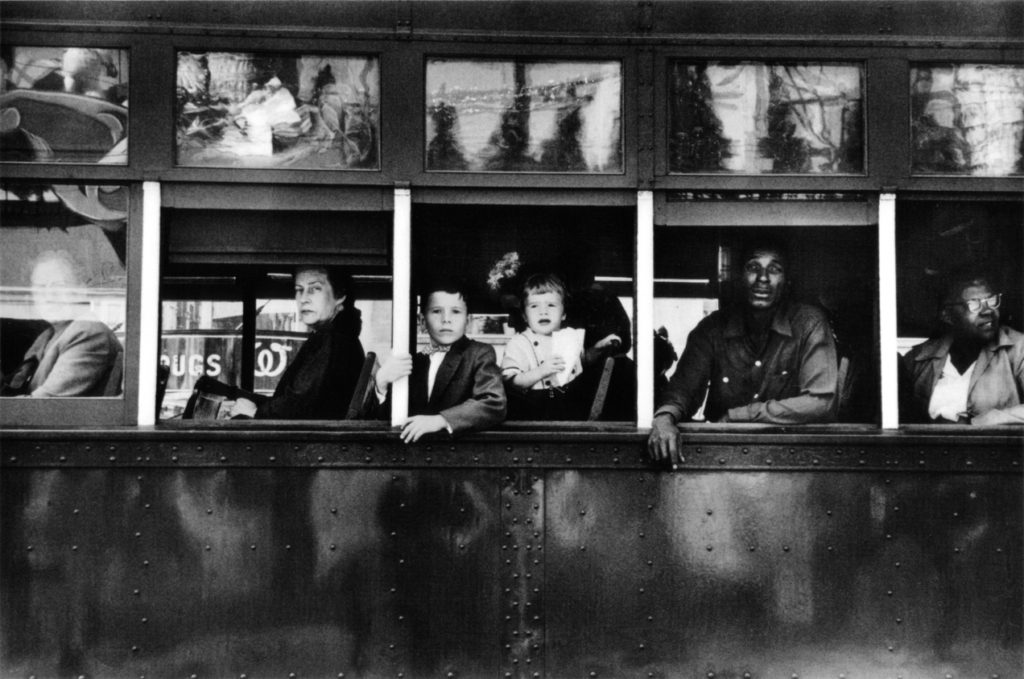
Technical: this image is very sharp and still, this suggests as fast shutter speed was used. As this photograph is a style of environmental portraiture, natural lighting would have been used so the photographer could easily move around depending on the scene. Documentary photography generally means the photo has not been edited because it is meant to show the truth. we can see a high contrast in the photograph, there are extremely white areas for example the four lines on the edge of each window which draw our eyes to the passengers. there are also very dark shaded areas which help to dramatize the image and add depth. The depth of field is interesting because we get the idea that the people in tram are looking directly at the photographer, this suggests he was close to the subject.
Visual: This is a black and white photo because at the time colour photography was not commonly used, however I think this adds depth and some interesting details to the photo. The dream America was thought of as bright and colourful, the idea that all of the colour had been stripped from this image could suggest that black and white reveals the truth. The tone of this photo is very dark which helps the few light areas stand out even more. Although most of the detail in this image is in the central horizontal third there is a lot of texture coming from the bottom of the image. the dents in the metal show imperfections and give the image a more urban and industrial look. This image has a clear line of symmetry down the middle, the regularity of the tram windows helps us to seen the difference between the people in them. The windows also line up with the rule of third which give the photo a very regular and organised look, this links to
Focal Length and Focusing
The focal length on a camera is dependent on the size off lens it has been fitted with. A small lens knows as a wide angle lens could be around 12mm however larger lenses knows as telephoto would be around 150mm.
There are two main ways to focus your camera, manual and automatic. manual focus allows you to use the focus ring on your lens to chose when and what you want to focus on. This is useful because it gives us more control over the image and allows us to focus on specific things. Auto focus is where the camera automatically focuses on a subject generally in the center of the frame however this can be changed. This function is helpful when we have time constraint for example if the subject is in motion.
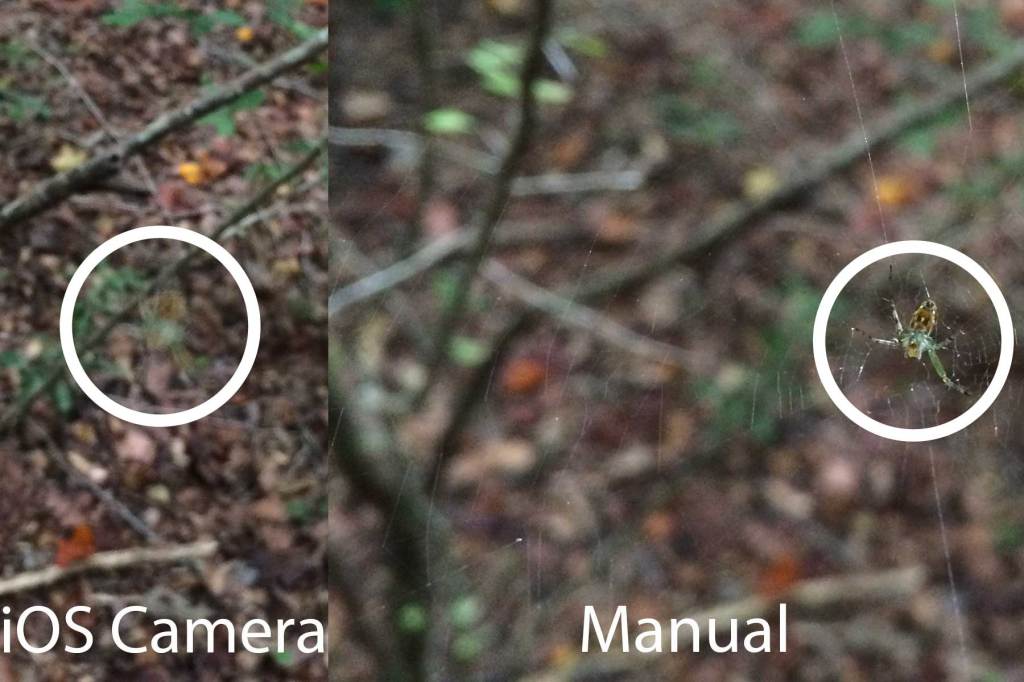
Depth of Feild
Depth of field in photography is where a photographer will change the aperture on their camera to change what is in focus. the lower the aperture the less thing the camera will focus on for example with a f/2 the camera would focus on one thing and everything else in the frame would become blurred. With a higher aperture such as f/22 the majority of the frame would be in focus no matter how fare away from the lens
.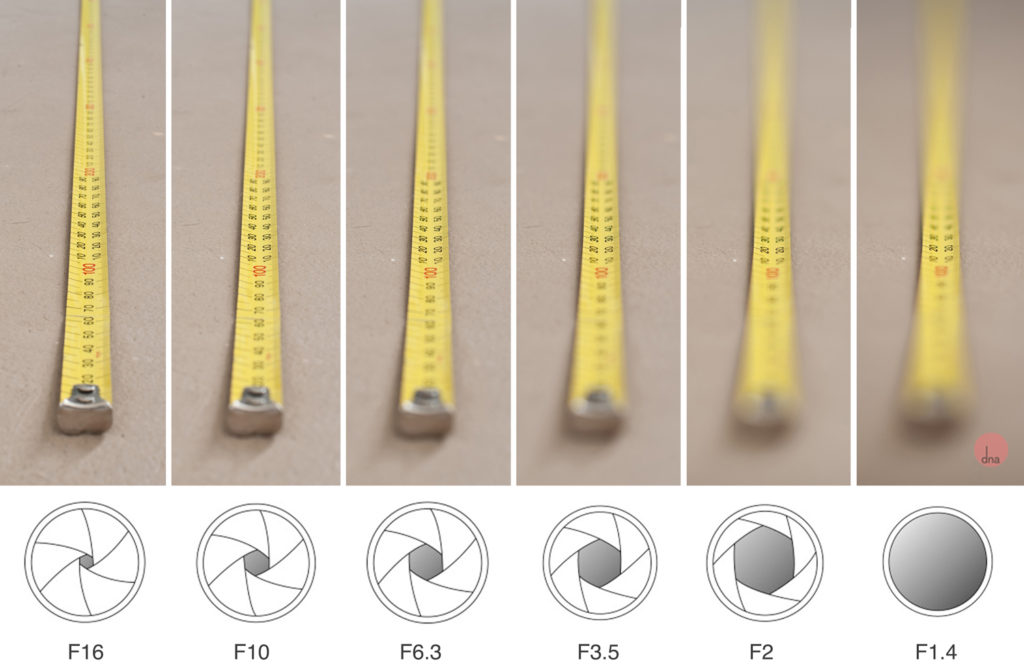
Bokeh
Bokeh is the effect made when lights are out of focus, this can be accidental or on purpose to make aesthetic background. By setting the camera to the largest aperture the camera will blur anything which is not being focused on. We can also use manual focus to change which parts of the light are blurred, the more out of focus the larger the Bokeh light circles will be. The circle shapes which we see in Bokeh photos is simply the shape of the hole in the lens. This shape can be changed to a hexagon depending on the aperture, we can also make caps to go on our lenses which creat other shapes such as hearts. I used my 55-250mm lens to create a bokeh effect using fairy lights, I made a trail from the camera and up the wall to show what they look like at different focal lengths.
With the whole frame out of focus the light circles become larger and the whole image looks blurred.
When the image is slightly more in focus only the lights which are close to the lens make a bigger circle. Some of the wires in the mid ground are more in focus this is because the focus point was in the center of the frame.
Homework 2 / Typologies
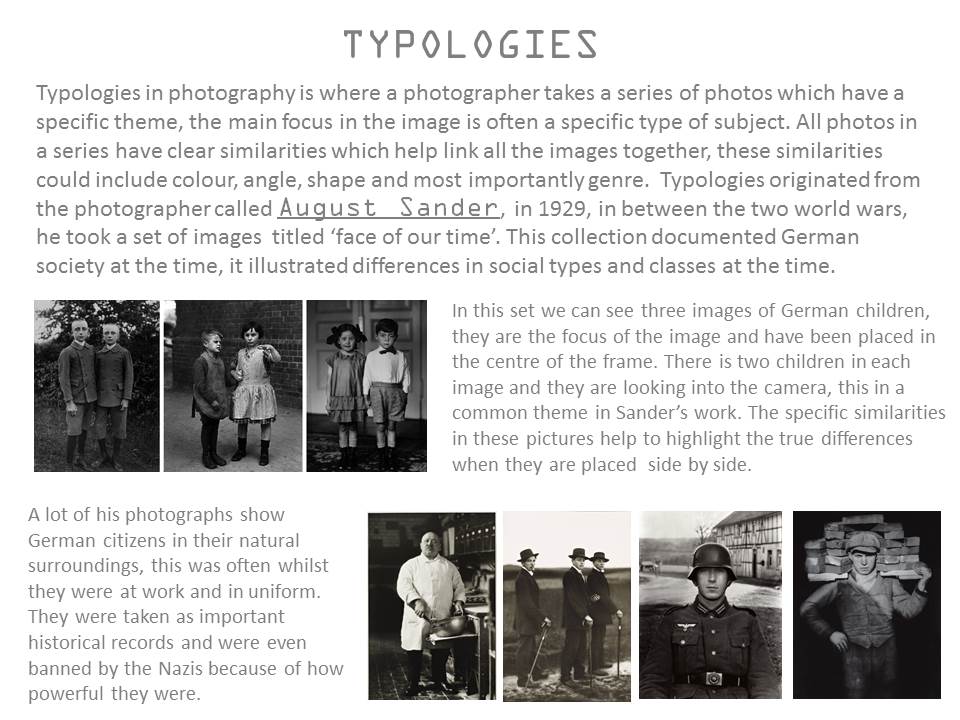


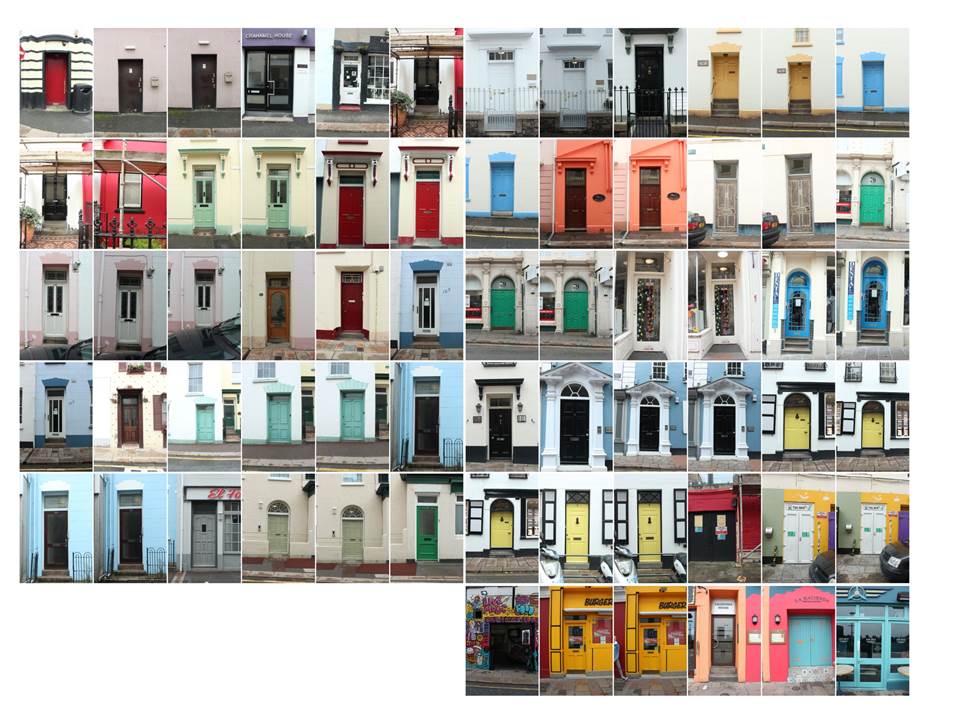

editing
